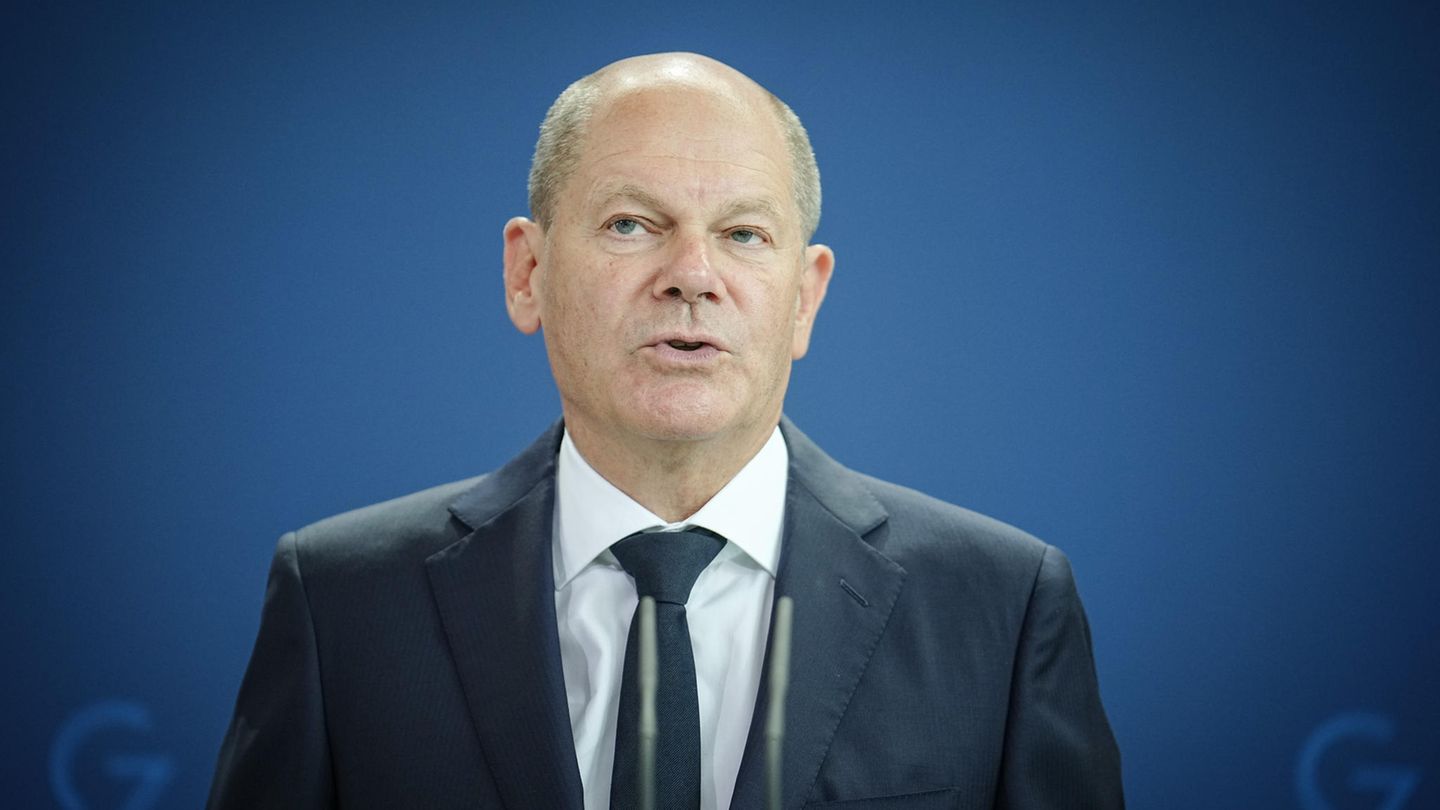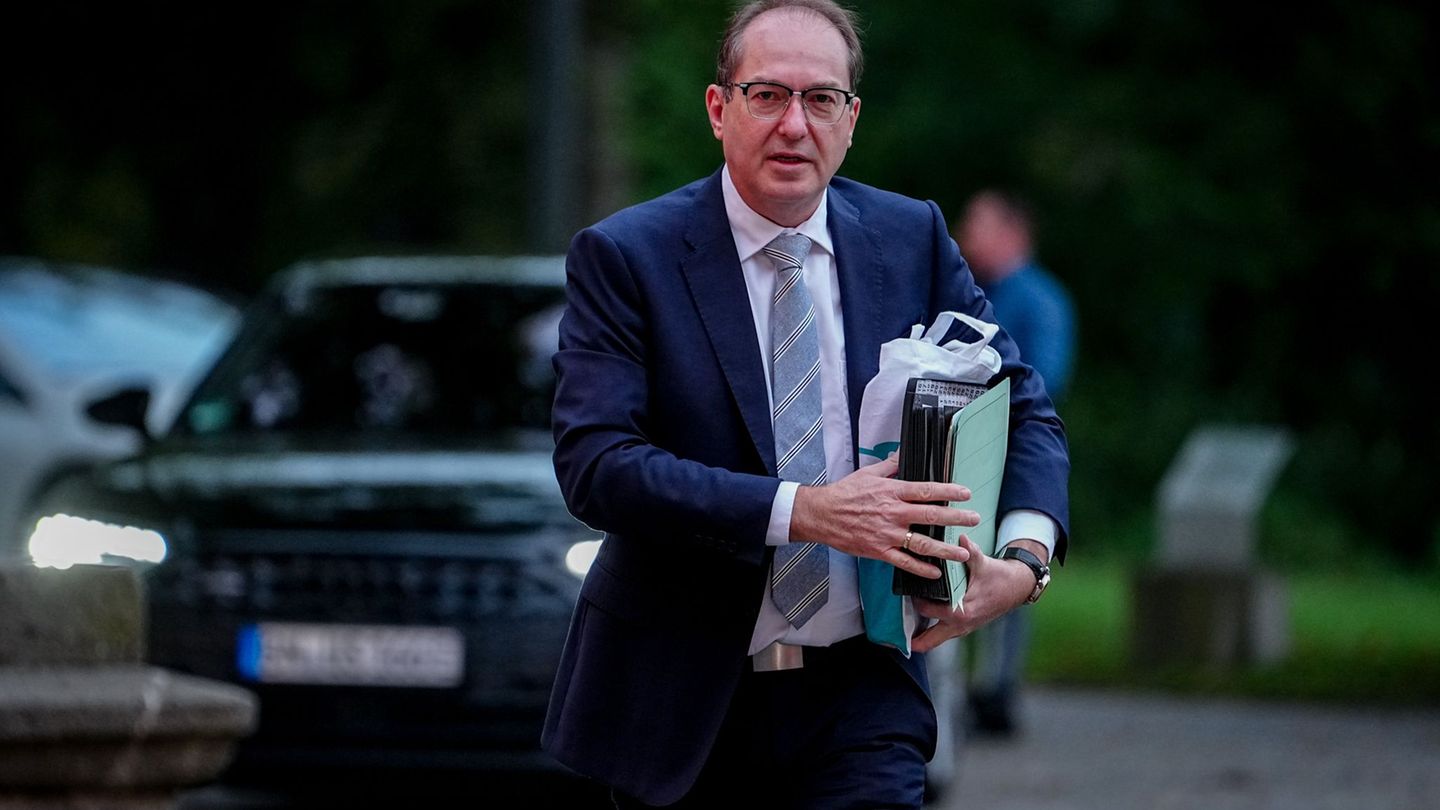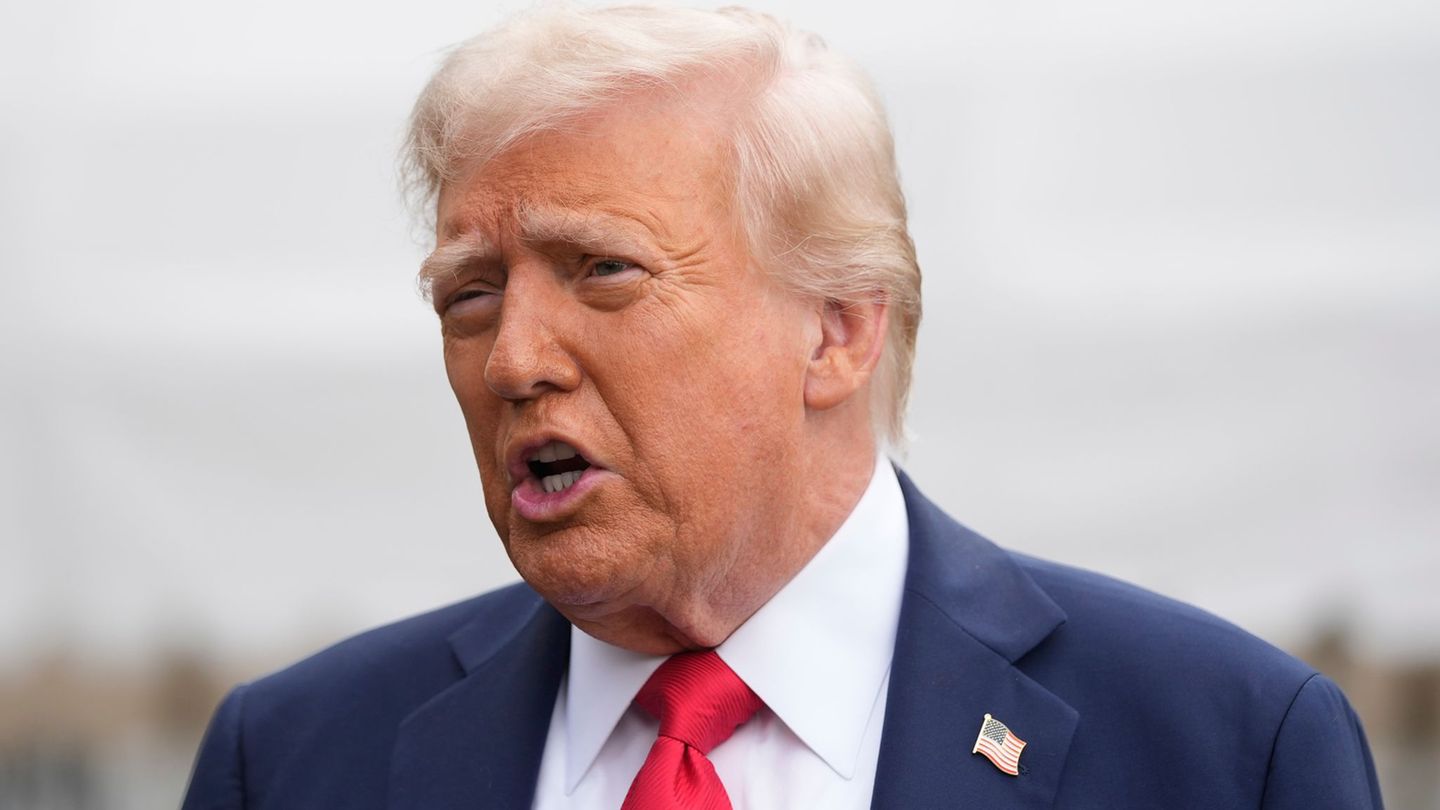The federal government wants to reduce the value added tax on gas from 19 to 7 percent. That relieves the budgets – albeit less than promised by the chancellor. Economists also criticize the measure as insufficient.
Gas prices are exploding, and from October consumers will also be subject to the new gas surcharge. Therefore, the federal government is now taking countermeasures: Value added tax on gas consumption is to be reduced from 19 to 7 percent, as Chancellor Olaf Scholz said on Thursday. The relief is planned to be limited to the end of March 2024, when the gas surcharge is also to expire.
It should be noted that the reduction in VAT applies to all gas consumption, not just to the gas surcharge, which only accounts for a small part of heating costs. “With this step, we are relieving the burden on gas customers overall to a much greater extent than the additional burden caused by the gas levy,” says Olaf Scholz.
However, it is questionable whether this statement by the Chancellor is correct, as calculations by the comparison portal Check24 show. According to this, a model household with an annual consumption of 20,000 kilowatt hours currently pays 3717 euros for gas, including 19 percent VAT. The reduction in VAT to 7 percent means a relief of 375 euros. For the gas surcharge, however, the same family has to pay an extra 518 euros a year, which already takes into account the reduction in VAT to 7 percent.
Consumers face additional costs
A relief of 375 euros is offset by an additional burden of 518 euros. The bottom line is that the reduction in VAT in the example means a relief of EUR 433 (EUR 375 at the normal gas price plus EUR 58 relief on the gas surcharge).
However, in addition to the gas levy of 2.419 cents for threatened importers, consumers are also threatened with further levies. From October 1st, utilities will have to pay a surcharge for control energy of 0.57 cents per kilowatt hour and a gas storage levy of 0.059 cents. If suppliers pass on these costs, the model household would have to pay an extra 135 euros a year, writes Check24.
“Drops in the bucket”
The Scholz rate could come true if the surcharges are passed on to consumers and gas prices shoot up even further. Because the higher the gas price that consumers have to pay, the higher the mathematical tax relief. The bottom line is that although the state is relieving gas consumers of taxes, they will probably have to pay more in the future.
Economists are therefore critical of the measure taken by the federal government. The reduction in VAT is “little more than a drop in the ocean,” says Marcel Fratzscher, head of the German Institute for Economic Research (DIW), the measure. It is also not clear why the government is first charging consumers with the gas surcharge and then relieving them by about the same amount, says Fratzscher. “Reducing VAT is better than no relief at all. But it’s not a good instrument because it’s expensive, not accurate and relieves people with low incomes far too little.” Economics Veronika Grimm and economist Sebastian Dullien from the Institute for Macroeconomics and Business Cycle Research (IMK) also criticized the relief as insufficient.
Source: Stern
Jane Stock is a technology author, who has written for 24 Hours World. She writes about the latest in technology news and trends, and is always on the lookout for new and innovative ways to improve his audience’s experience.




